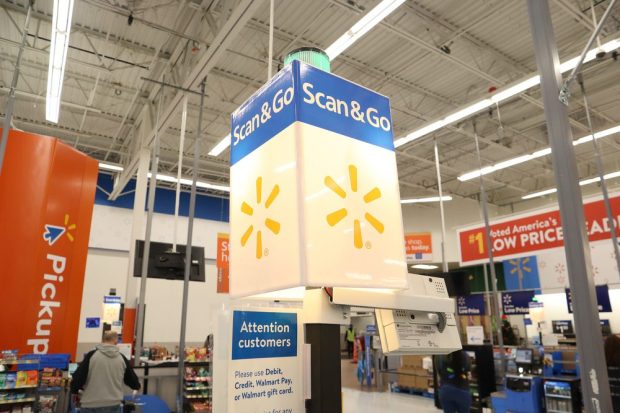Grocers Rethink Scan and Go as Consumers Redefine Convenience

Mobile self-checkout, and specifically, scan and go, would seem a slam dunk for grocers.
It has not worked out that way.
All manner of retail is striving to embrace automated shopping, especially in brick-and-mortar settings. Merchants are streamlining the process of getting items into carts and getting them paid for, especially with contactless payments.
And when it comes to keeping the family fed, PYMNTS data show that most consumers value convenience and speed when it comes to grocery shopping — 77% of them do. And the data shows that 40% of “persuadable” shoppers say that ease and convenience most influence where they choose to shop, which implies that they’ll go where frictionless commerce is a defining characteristic. Since consumers continue to buy most of their grocery staples in the store, it makes sense that a better payment experience would help boost consumers’ loyalty.
Last month, Instacart said it had debuted its first Scan & Pay checkout deployment, where Foodcellar Market, a grocer in Queens, New York, is the first to offer the own-device self-service option to all in-store customers. In terms of the mechanics, the scan/pay offering is geared toward packaged items and pay-by-weight products such as fruits and vegetables. Consumers scan as they go, check out when they are done, and show an employee a QR code as they leave as proof of payment.
Losses in the Aisles
The Instacart example follows news last fall that Wegmans had shuttered its scan-and-go options in store, citing “losses.” In a more recent example, after stating last summer that it would expand scan and go, Hy-Vee said last month it would disable that system, as reported in the Des Moines Register.
Here, as with Wegmans, losses are/were the culprit.
There are other firms that offer scan-and-go functionalities for consumers who wish to sidestep the register at the front of the store. Convenience stores such as 7-Eleven have seen success with scanning and paying and have offered that service for years. Amazon Go, however, in contrast, has been scaling back its cashierless store format.
Despite the mixed track records, the interest is there as roughly 40% of grocers surveyed by PYMNTS think that consumers would be “very” or “likely” to switch if they didn’t offer this option.
Walmart offers a roadmap that might help other firms reduce the incidence of, and potential for, losses. Walmart offers scan and go to its Walmart+ members, which we contend does two things: It limits the “pool” of users to known customers and ensures that customers are paying for the convenience of using this checkout method.
It’s not too farfetched to think that convenience may spur more memberships, cementing a virtuous cycle.
In an interview with PYMNTS last month, Amin Sabzivand, senior vice president of product at Sezzle, noted that “this year we are going to see more adoption overall into self-directed checkouts, but adoption depends on the sector and the market,” Sabzivand said. “For grocery shopping, when the practical benefit is clear to the consumer, the adoption on the consumer side is probably going to be higher versus luxury retail when the customer wants some sort of a luxury experience,” and noted that “people are more comfortable [working] with the device that they have in hand when they know that they have full control of everything,” he said.

